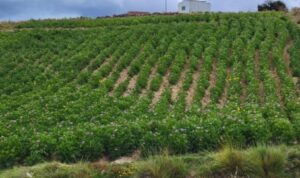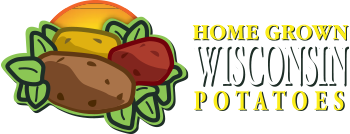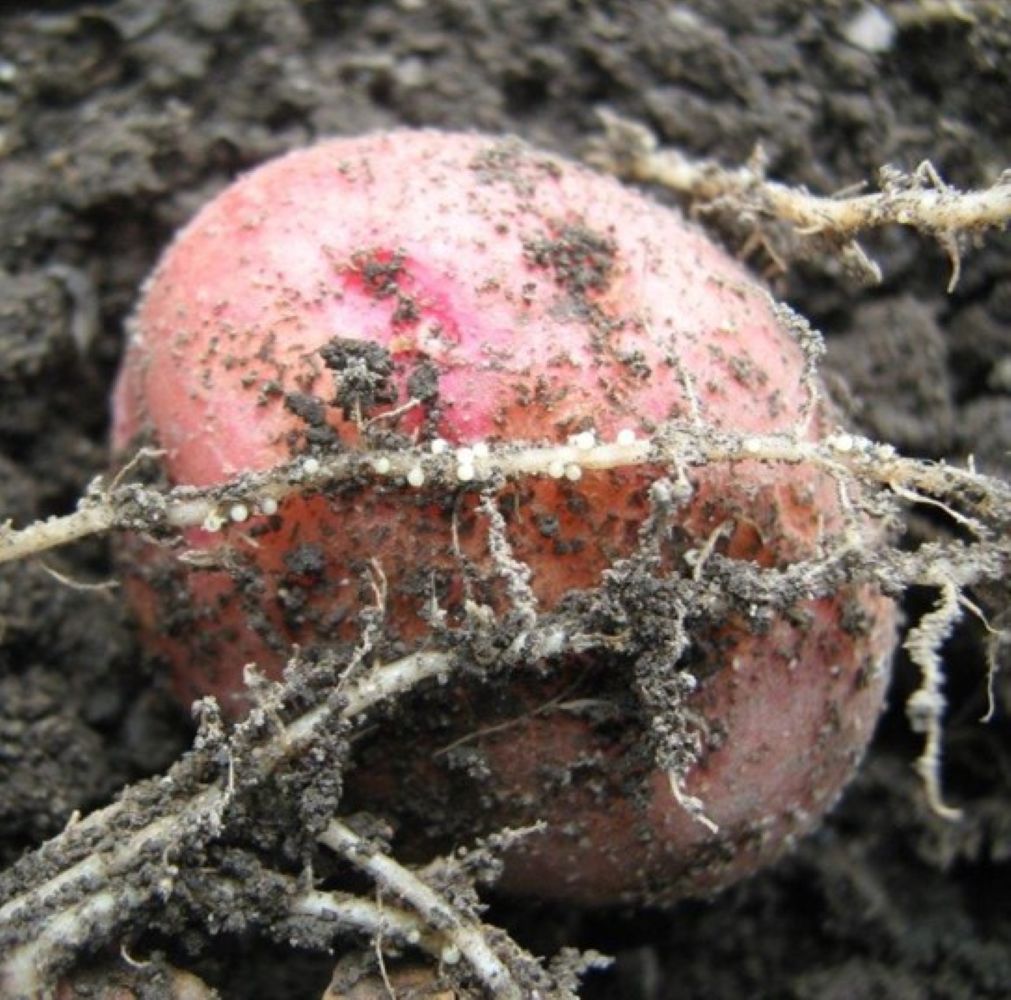AI-based tools help scientists accurately identify persistent pests
By Sudha G.C. Upadhaya, Cynthia Gleason and David Wheeler of Washington State University; Inga Zasada and Timothy Paulitz from USDA-ARS; and AGNEMA’s Sam Chavoshi
Potato Association of America original article reprinted with permission from Spudman (https://spudman.com/article/automated-nematode-detective/?oly_enc_id=6688E1259556B2A)

Plant-parasitic nematodes (PPNs) are microscopic, non-segmented roundworms that pose a significant threat to potato production worldwide. If uncontrolled, PPNs can cause significant yield losses and compromise tuber quality, affecting marketability.
Most PPNs live in the soil, and since they are not visible to the naked eye and do not produce obvious above-ground symptoms, it is challenging for farmers to detect nematode problems in the field and accurately assess damage.
It is important to identify PPNs and count their population levels in the soil before planting. This information helps farmers decide which crops or cultivars to plant and which management options, such as crop rotation or nematicide application, to implement.
Each year, farmers in the Pacific Northwest send thousands of samples to nematode diagnostic labs for nematode identification and quantification.
The typical process for nematode quantification involves extracting nematodes from the soil, identifying the genus or species level and counting their numbers under a microscope. This morphology-based counting requires specialized nematology skills and is time-consuming.
Although molecular methods for nematode quantification exist, they are expensive and have not yet been scaled to a commercial level.
Some of the major groups of PPNs specific to potato include root-knot nematodes, root lesion nematodes and stubby root nematodes. These nematodes appear very similar under the microscope to untrained eyes, but they do have subtle morphological differences.


